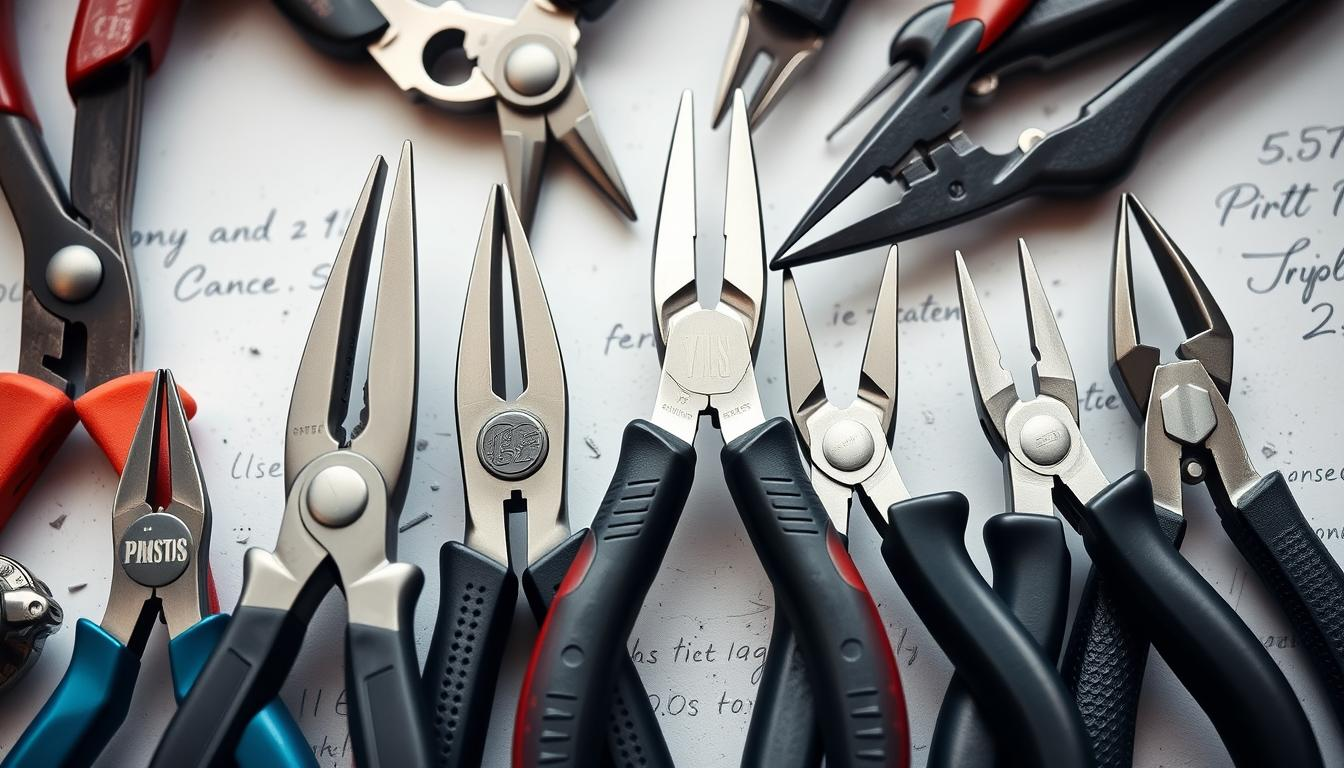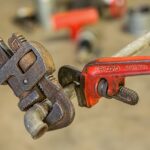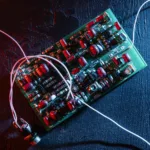
Introduction
As a dedicated DIY enthusiast or a seasoned professional, having the right tools in your toolbox can significantly impact project outcomes. Pliers and cutters are indispensable hand tools that enable general individuals and professionals to handle a variety of tasks with robust precision and efficiency. This introductory guide covers the vital role of these gripping tools and cutting tools, highlighting their common types, significance, and versatile applications across various sectors.
Understanding Pliers and Cutters: What’s the Difference?
Pliers and cutters are your go-to allies and are among the most versatile and widely-used hand tools. These precision instruments are designed for a firm grip and precise cutting. Both cutters and pliers offer a wide range of functions, from strong gripping to smooth cutting. Knowing the differences between these tools can make various tasks much easier. Pliers are often overlooked but are crucial in your toolbox. They provide a firm hold on both small and large items. Whether twisting, bending, or holding, pliers make the task simpler. Cutters are equally vital in your toolkit. They range from wire cutters for precise cuts to diagonal cutters for smooth snipping.
Pliers and cutters differ in various ways. Pliers offer precise control with their distinct jaws. They are perfect for intricate work with needle-nose pliers or larger tasks with slip-joint pliers. Cutters, meanwhile, make quick work of slicing and snipping. They are great for trimming wire, cutting plastic, or sizing materials. In essence, a plier is primarily designed for gripping, twisting, and bending, whereas a cutter specialises in slicing through materials.
The Significance of Having Pliers and Cutters in Your Toolbox
Having pliers and cutters in your toolbox offers unparalleled benefits to users. These versatile tools can be used for a variety of tasks, making them must-have tools for workshops and toolboxes. In essence, their significance lies in their capability to save you time and money by allowing you to make repairs yourself instead of hiring a professional.
Types of Pliers and Cutters Explained: Finding the Right Fit
Pliers come in a wide variety, each tailored for specific tasks. From the versatile linesman’s pliers to the precision of needle-nose pliers, there’s a plethora of options. This section delves into the different types of pliers and their unique functionalities:
- Slip-Joint Pliers – Slip-joint pliers are a staple, known for their adjustable jaws that grip various sizes. They’re perfect for tasks like turning nuts and bolts or bending materials.
- Groove-Joint Pliers – Groove-joint pliers, with their serrated jaws, offer a stronger grip, ideal for more challenging tasks.
- Tongue-and-Groove Pliers – Tongue-and-groove pliers, also called water pump pliers, excel at gripping irregular shapes. Their adjustable jaws fit different sizes, making them essential in workshops or job sites.
- Locking Pliers – Locking pliers, with their locking mechanism, ensure a firm grip on stubborn materials.
- Needle-Nose Pliers – Needle-nose pliers are ideal for delicate work, thanks to their slender, pointed jaws. They come in short or long nose pliers and are crucial for precision tasks like electronics repair and jewellery making.
- Linesman’s Pliers – With their robust build and cutting edges, Linesman’s pliers are perfect for heavy-duty tasks like wire cutting and stripping.
Alongside pliers, cutting tools are crucial in a variety of projects. They include wire or cable cutters, end cutters, bolt cutters, diagonal cutters, side cutters, and nippers. These tools are made for precision and power, cutting through wires, cables, and soft metals.
Identifying the Right Tool for the Job: Key Factors and Tips to Consider
Choosing the right pliers and cutters can be daunting with so many options. It’s essential to know each tool’s capabilities and match them to your project’s needs to ensure your work is precise, efficient, and safe. When choosing a specific tool, consider the following vital parameters.
- Using hand tools correctly is the key to achieving precise, secure, and efficient results.
- Invest in a type of plier you need, such as needle-nose, slip-joint, and lineman’s pliers, to handle different gripping and manipulation needs.
- Choose cutters that are compatible with materials you’ll be working with, whether it’s wire, plastic, or even tough sheet metal.
- Look for high-quality, durable cutting tools and gripping tools that can withstand the demands of multiple projects.
Domestic, Industrial, and Professional Uses of Pliers and Cutters: A Brief Look
Pliers and cutters are versatile tools used in various domains, from home to industrial settings. At home, they are crucial for tasks like changing light bulbs and minor DIY projects. Their ability to grip, twist, and cut makes them essential for household maintenance and repairs.
Pliers and cutters are vital in industrial and commercial environments. They are used in electrical work, metalworking, and other specialised tasks. Professionals in construction, engineering, and telecommunications rely on them for efficiency and effectiveness. In addition, these gripping and cutting tools are also widely used in automotive repair applications.
Final Thoughts & Recommendations
Pliers and cutters are crucial hand tools for every toolbox. Understanding their unique abilities opens up new possibilities in DIY and professional work. With the right tools, your creativity and skills can flourish. Embrace these essential cutting tools and gripping tools to handle any task efficiently and with robust precision. Invest in quality tools, maintain them properly, and always prioritise safety when using them.





















